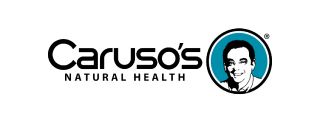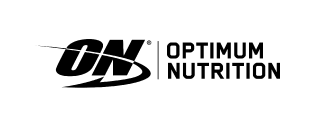- Health advice
- Sep 11, 2013
If you currently spend too many hours at the gym and are looking for a different way to train, interval training might be your answer. Interval training involves low to high intensity workouts that are spread apart and that include rest periods. This type of training can be done on a bike, while running, or rowing.
What are the benefits to interval training?
- It improves your aerobic capacity to exercise at various intensities.
- It enhances your lactate threshold (the point at which lactic acid starts to accumulate in the blood stream).
- It boosts your metabolism, so you are likely to prompt fat loss.
- It burns more calories over a shorter period of time than longer steadier workouts.
An example of interval training for runners is to sprint a short distance (anywhere from 100 to 800 meters), then walk back to the starting point (rest period) to repeat the sprint a number of times. If you want to try an even shorter workout, Michael Mosley, a British Journalist, swears by the 3-minute exercise per week. This consists of 3 x 20-second bursts of maximal intensity exercise, repeated three times. This can be done on a treadmill, a stationary bike, or a rower. If you have trouble with your knees, then speeding up your running, cycling, or rowing might be too tough. But if your health is okay, and you're bored with your routine, or want to break your weight-loss plateau, or improve your recovery time, interval training is probably for you.
Nutrition after interval training
When you do interval training, you deplete your stores of glycogen, which your muscles use for energy.
A more traditional recommendation is to eat a protein and carbohydrate meal no more than two hours after your workout. Some options are: sweet potato and fish or chicken, a peanut butter sandwich, low-fat cheese, a whole grain bagel with peanut butter, or a mix of nuts and fruits. If you who like protein shakes, choose one that has both carbohydrates and protein.
Ask a Nutritionist at Mr Vitamins
Come into Mr Vitamins and ask the Sports Nutrition team for further recommendations.
Related Articles
Recently Viewed
- ${ variant.price | currencyFromCents } | ${ variant.title } ${ variant.price | currency } | ${ variant.title }
















